- The Best Shade-Hardy Cucumber Hybrid
- Why Choose the Finger-Licking Cucumber Hybrid?
- The Characteristics of the Finger-Licking Cucumber Hybrid
- How to Grow the Finger-Licking Cucumber Hybrid
- In Conclusion
- Benefits of Shade-Hardy Cucumber
- 1. Early Cultivation
- 2. Increased Yield
- 3. Improved Flavor and Texture
- 4. Reduced Watering Requirements
- 5. Pest and Disease Resistance
- 6. Extended Harvest Period
- 7. Versatile Growing Options
- Early Cultivation of Shade-Hardy Cucumber
- 1. Choosing the right variety:
- 2. Soil preparation:
- 3. Planting:
- 4. Providing shade:
- 5. Watering:
- 6. Fertilizing:
- 7. Trellising:
- 8. Pest and disease control:
- Choosing the Right Shade-Hardy Cucumber Hybrid
- Characteristics of the Best Shade-Hardy Cucumber Hybrid
- Growing Shade-Hardy Cucumber Hybrid in Containers
- Choosing the Right Container
- Soil Requirements
- Planting and Maintenance
- Harvesting
- Finger-Licking Flavor of Shade-Hardy Cucumber Hybrid
- “Question-Answer”
- Can cucumbers be grown in the shade?
- What is the best cucumber hybrid for early cultivation?
- What are the advantages of growing shade-hardy cucumbers?
- How long does it take for Finger-Licking cucumbers to mature?
- Where can I buy Finger-Licking cucumber seeds?
- Can I grow Finger-Licking cucumbers indoors?
- “Video” 7 Tips to Grow Cucumbers in Containers
Are you tired of struggling to find a cucumber variety that can thrive in shady areas and still provide an abundant harvest? Look no further! We have found the perfect cucumber hybrid that can handle less sunlight while producing crisp, delicious fruits – the Finger-Licking cucumber.
With its unique shade-hardy characteristics, the Finger-Licking cucumber is a game-changer for gardeners who have limited sun exposure in their growing area. This hybrid variety has been specially bred to tolerate lower levels of light without compromising on quality or taste.
Not only does the Finger-Licking cucumber thrive in shady conditions, but it also has an impressive early cultivation time, allowing you to enjoy fresh cucumbers sooner in the growing season. This means you can start your cucumber harvest earlier than ever before, satisfying your cravings for homegrown cucumbers sooner.
The Finger-Licking cucumber’s versatility doesn’t end with its shade tolerance and early cultivation. It has a crisp texture and a refreshing flavor, making it an ideal choice for salads, pickling, or simply enjoying as a healthy snack. Its finger-sized shape also adds a unique touch to dishes and presentations.
“The Finger-Licking cucumber is a true gem for gardeners who face challenges with limited sunlight. Its ability to thrive in shade while delivering excellent taste and an early harvest is a game-changer in the world of cucumber cultivation.”
If you are looking to maximize your cucumber yield in shady areas, the Finger-Licking cucumber hybrid is the answer. Harness its shade-hardy qualities and enjoy a bountiful harvest of delicious, homegrown cucumbers, grown in even the most challenging conditions.
The Best Shade-Hardy Cucumber Hybrid
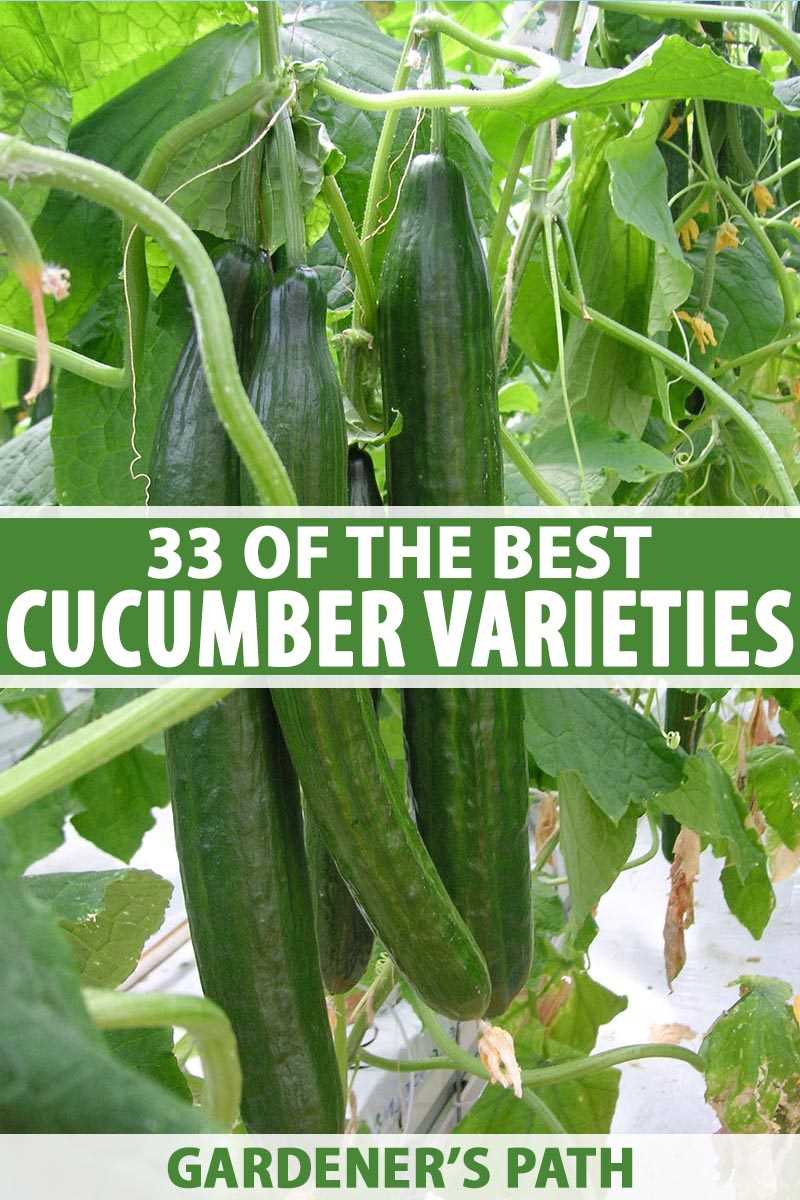
There are many cucumber hybrids available in the market today, but if you are looking for a shade-hardy variety that can be cultivated early in the season, then the Finger-Licking cucumber hybrid is your best choice.
Why Choose the Finger-Licking Cucumber Hybrid?
The Finger-Licking cucumber hybrid stands out from other varieties due to its ability to thrive in shaded areas. This makes it ideal for gardeners who have limited access to direct sunlight, such as those who have gardens surrounded by tall buildings or trees.
Not only does the Finger-Licking cucumber hybrid flourish in shade, but it also boasts exceptional early cultivation traits. With this variety, you can start growing cucumbers earlier in the season, giving you a head start on enjoying fresh cucumbers before other gardeners.
The Characteristics of the Finger-Licking Cucumber Hybrid
Here are some notable characteristics of the Finger-Licking cucumber hybrid:
- Shade Tolerance: This hybrid is specially bred to handle shade. It can thrive in areas with limited sunlight and still produce healthy and flavorful cucumbers.
- Early Cultivation: The Finger-Licking cucumber hybrid is known for its early maturity. You can expect to harvest your first cucumbers around 50 days from planting, giving you a quick turnaround time.
- High Yield: Despite its early maturity, this hybrid doesn’t compromise on yield. You can still enjoy a bountiful harvest of tasty cucumbers throughout the growing season.
- Resistance to Disease: The Finger-Licking cucumber hybrid is bred to be resistant to common cucumber diseases, such as powdery mildew and downy mildew. This means less concern about plant health and more time enjoying your cucumbers.
How to Grow the Finger-Licking Cucumber Hybrid
Here are some tips for successfully growing the Finger-Licking cucumber hybrid:
- Choose a location with partial shade. While this hybrid can handle shade, it still needs some exposure to sunlight.
- Prepare the soil by adding organic matter, such as compost, to improve drainage and fertility.
- Plant the seeds or seedlings after the danger of frost has passed and the soil temperature has warmed up to around 60°F (15°C).
- Water consistently to keep the soil evenly moist, but not waterlogged.
- Support the vines with trellises or stakes to encourage upward growth and prevent them from sprawling on the ground.
- Harvest the cucumbers when they are firm and at the desired size. Regular harvesting promotes continuous fruit production.
In Conclusion
If you are looking for a cucumber hybrid that can thrive in shaded areas and be cultivated early in the season, the Finger-Licking cucumber hybrid is the perfect choice. With its shade tolerance, early maturity, high yield, and disease resistance, it’s an excellent option for any cucumber enthusiast. Start growing your own Finger-Licking cucumbers and enjoy their crisp and refreshing taste!
Benefits of Shade-Hardy Cucumber
Growing shade-hardy cucumbers in your garden can bring several benefits. Here are some reasons why you should consider planting these cucumber hybrids:
1. Early Cultivation
Shade-hardy cucumber hybrids are specially developed to thrive in lower light conditions, allowing you to start cultivation earlier in the season compared to traditional cucumber varieties. This is particularly beneficial if you live in an area with colder springs or where the growing season is shorter.
2. Increased Yield
These cucumber hybrids have the ability to produce higher yields compared to traditional varieties when grown in partially shaded areas. The shade protection helps to maintain optimal moisture levels and can prevent sun scald, resulting in healthier plants and higher fruit production.
3. Improved Flavor and Texture
Shade-grown cucumbers tend to have a more delicate and less bitter flavor compared to those grown in full sun. The slower growth and protection from direct sun exposure contribute to a more refined taste and a crisp, tender texture. They are perfect for adding to salads, sandwiches, or enjoying fresh on their own.
4. Reduced Watering Requirements
Shade-hardy cucumber hybrids require less frequent watering compared to cucumbers grown in full sun. The shade provided by the plants or structures helps to retain moisture in the soil, reducing the need for constant irrigation. This makes them a more water-efficient option, especially in areas with limited water resources or during periods of drought.
5. Pest and Disease Resistance
These cucumber hybrids are often bred to have natural resistance to common pests and diseases. The shade provides an additional layer of protection against pests like cucumber beetles and diseases like powdery mildew, which can be more prevalent in sunny, humid conditions. This reduces the need for chemical pesticides and fungicides, making them a more eco-friendly option.
6. Extended Harvest Period
By planting shade-hardy cucumbers, you can extend your harvest period. Since these hybrids can be planted earlier in the season and are more resistant to heat stress, you can enjoy a longer period of cucumber harvest. This ensures a steady supply of fresh cucumbers throughout the summer months.
7. Versatile Growing Options
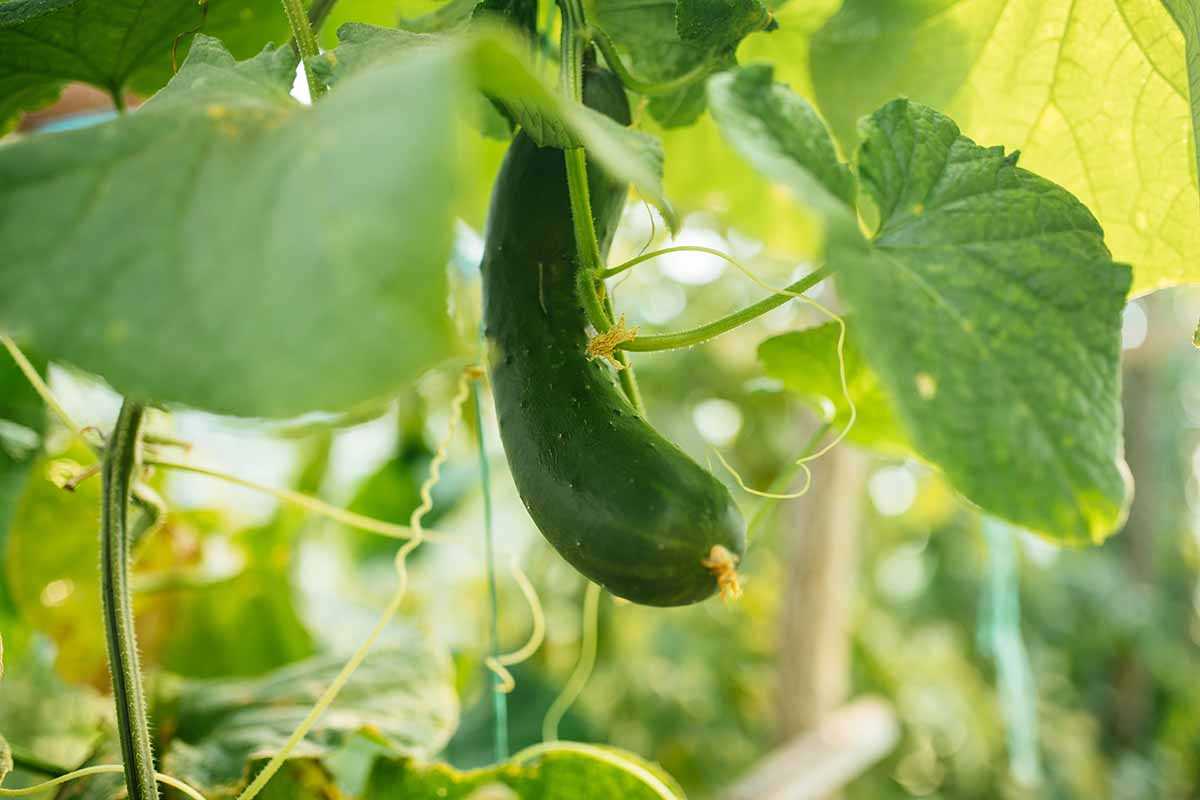
Shade-hardy cucumber hybrids are well-suited for various growing options, including container gardening, raised beds, and vertical trellises. Their ability to tolerate lower light conditions allows you to experiment with different placement and design possibilities in your garden. This versatility makes them a great choice for both small and large-scale gardeners.
Overall, growing shade-hardy cucumbers offers many advantages, from early cultivation and increased yield to improved flavor and reduced watering requirements. Consider adding these hybrids to your garden for a delicious and abundant cucumber harvest.
Early Cultivation of Shade-Hardy Cucumber
Growing cucumbers in shade can be a challenge, as they typically prefer full sun. However, with the right variety and some care, it is possible to have a successful crop of shade-hardy cucumbers early in the season. Here we will discuss the steps to follow for early cultivation of shade-hardy cucumber.
1. Choosing the right variety:
When growing cucumbers in shade, it is important to choose a variety that is specifically bred for shade tolerance. Look for hybrid varieties labeled as “shade-hardy” or “shade-tolerant”. These varieties have been developed to perform well in lower light conditions.
2. Soil preparation:
Prepare the soil by adding well-rotted organic matter, such as compost, to improve drainage and fertility. Cucumbers prefer a slightly acidic soil with a pH level between 6.0 and 7.0. Make sure the soil is well-drained to prevent waterlogging, as cucumber plants are sensitive to wet feet.
3. Planting:
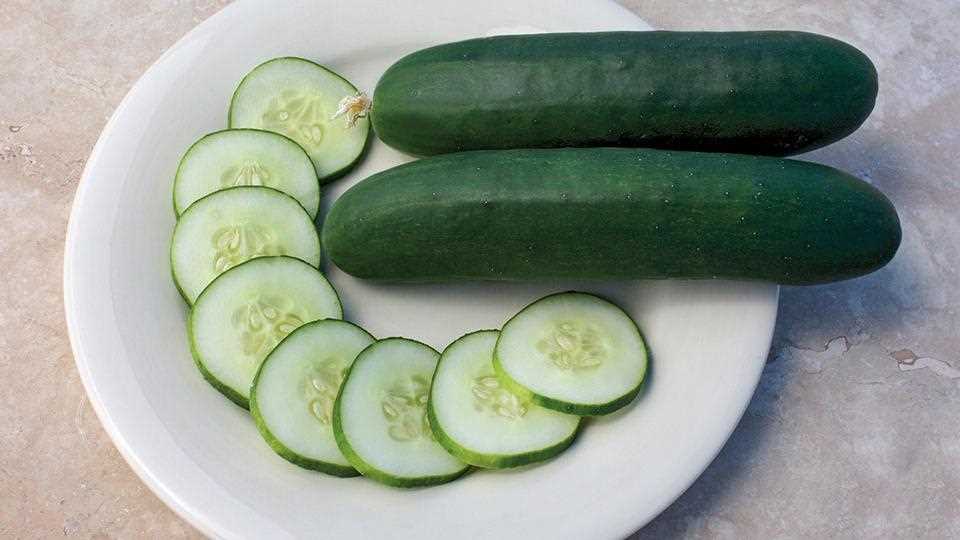
Sow cucumber seeds directly into the prepared soil once the danger of frost has passed and the soil temperature has reached at least 60°F (16°C). Plant the seeds about half an inch deep and 12 inches apart.
4. Providing shade:
While growing cucumbers in shade, it is important to provide some level of shade to protect the plants from excessive sunlight. If possible, choose a spot that receives morning sun and afternoon shade, or use shade cloth to filter the sunlight. This will help prevent leaf scorching and wilting.
5. Watering:
Water the cucumber plants regularly to keep the soil evenly moist, but not waterlogged. Cucumbers have high water requirements, especially when they are fruiting. Aim to provide about 1 inch of water per week, increasing it during dry periods.
6. Fertilizing:
Apply a balanced fertilizer, such as a 10-10-10, before planting and again when the plants start to flower. Cucumbers are heavy feeders, and regular fertilization will promote healthy growth and fruit production.
7. Trellising:
Trellising cucumber plants can help conserve space and provide support to the vines. Use a trellis or stakes to encourage the plants to climb vertically, which will also improve air circulation and reduce the risk of disease.
8. Pest and disease control:
Monitor the cucumber plants regularly for signs of pests and diseases, such as cucumber beetles, powdery mildew, and downy mildew. Take prompt action if any issues are detected, using organic or chemical controls as necessary.
By following these steps, you can successfully cultivate shade-hardy cucumbers early in the season. Enjoy a delicious harvest of fresh cucumbers, even in partial shade!
Choosing the Right Shade-Hardy Cucumber Hybrid
When it comes to cultivating cucumbers in shade conditions, it is important to choose the right shade-hardy cucumber hybrid. Shade-tolerant varieties are specially bred to withstand reduced levels of sunlight and still produce good yields.
Factors to consider when choosing a shade-hardy cucumber hybrid:
- Shade tolerance: Look for varieties that are specifically labeled as “shade-tolerant” or “shade-hardy.” These varieties are bred to perform well under reduced sunlight and will have a better chance of producing a good crop in shade conditions.
- Yield: Check the expected yield of the cucumber hybrid. Some shade-tolerant varieties may have slightly reduced yields compared to their full-sun counterparts. Look for hybrids that still offer a good yield potential in shade conditions.
- Growth habit: Consider the plant’s growth habit. Some shade-tolerant cucumber hybrids have a bushier growth habit, which can help them capture more available light in a shaded environment. Others may have a vining growth habit, which may not be as suitable for growing in shade.
- Resistance to diseases: Disease resistance is always important, but it becomes even more crucial in shade conditions where plants may be more prone to fungal diseases. Look for cucumber hybrids that have good resistance to common cucumber diseases like powdery mildew and downy mildew.
- Taste and texture: Consider the taste and texture of the cucumbers produced by the hybrid. Look for varieties that have a crisp texture and a refreshing taste, as these are typically preferred by gardeners.
It is also a good idea to seek recommendations from other gardeners or experts who have experience growing cucumbers in shade conditions. They may be able to provide valuable insights and suggest specific shade-hardy cucumber hybrids that have performed well for them in the past.
Remember, while shade-hardy cucumber hybrids are bred to tolerate reduced sunlight, it is still important to provide them with the best possible growing conditions. This includes ensuring adequate soil moisture, proper spacing, and appropriate fertilization. With the right choice of variety and proper care, you can enjoy a bountiful cucumber harvest even in shade conditions.
Characteristics of the Best Shade-Hardy Cucumber Hybrid
- Shade-tolerance: The best shade-hardy cucumber hybrid is specifically bred to thrive in partially shaded areas, providing gardeners with the opportunity to grow cucumbers in spaces that receive limited sunlight.
- Early cultivation: This particular hybrid is known for its ability to be cultivated and harvested earlier than other cucumber varieties. This makes it an ideal choice for gardeners who want to enjoy fresh cucumbers earlier in the season.
- Taste and texture: The cucumbers produced by the best shade-hardy hybrid have a delicious flavor and a crisp texture that is a delight to eat. They are perfect for snacking, salads, or pickling.
- High yield: This hybrid variety is known for its high yield potential, producing an abundant harvest of cucumbers. Gardeners can expect to have plenty of cucumbers to enjoy and share with others.
- Disease resistance: The best shade-hardy cucumber hybrid is bred with resistance to common cucumber diseases, ensuring that your plants stay healthy and productive throughout the growing season.
- Compact growth habit: This hybrid cucumber plant has a compact growth habit, making it suitable for growing in containers or smaller garden spaces. It does not require sprawling vine growth like some other cucumber varieties.
In summary, the best shade-hardy cucumber hybrid offers shade-tolerance, early cultivation, excellent taste and texture, high yield, disease resistance, and a compact growth habit. It is a versatile and reliable choice for gardeners looking to grow cucumbers in partially shaded areas.
Growing Shade-Hardy Cucumber Hybrid in Containers
Growing cucumbers in containers is a great option for those who have limited space or want to have more control over the growing conditions. The shade-hardy cucumber hybrid is an ideal choice for container gardening as it can tolerate lower light conditions.
Choosing the Right Container
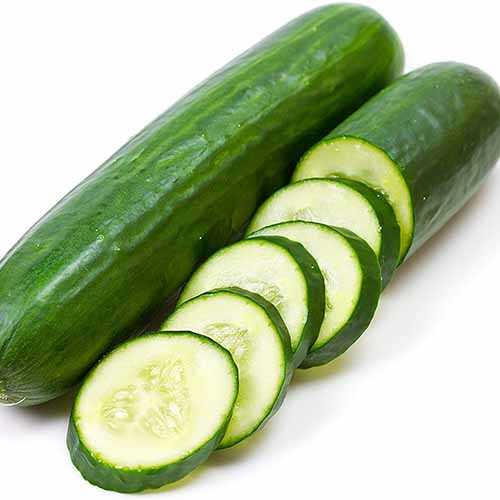
When selecting a container for your cucumber plant, opt for one that is at least 18 inches in diameter and 12 inches deep. This will provide enough space for the roots to grow and allow for proper drainage. Make sure the container has drainage holes at the bottom to prevent waterlogging.
Soil Requirements
Use a high-quality potting mix specifically formulated for container gardening. This type of soil has good drainage properties and retains moisture well. Avoid using garden soil or heavy clay soils as they can lead to root rot and other problems. Mix in some well-rotted compost or organic matter to improve fertility.
Planting and Maintenance
- Plant the cucumber seedlings in the container, following the spacing instructions on the seed packet. Generally, cucumbers require at least 12 inches of space between plants.
- Place the container in an area that receives partial shade. Morning sun with afternoon shade is ideal for shade-hardy cucumber hybrids. Too much direct sunlight can stress the plants and lead to sunburn.
- Water the plants regularly, keeping the soil consistently moist but not waterlogged. Container-grown cucumbers may require more frequent watering compared to those grown in the ground.
- Apply a balanced, slow-release fertilizer according to the package instructions to ensure proper nutrition for the plants.
- Provide support for the cucumber plants by installing a trellis or stakes. This will help the vines grow vertically and save space.
- Prune the cucumber plants by removing any damaged or yellowing leaves to improve air circulation and prevent diseases.
Harvesting
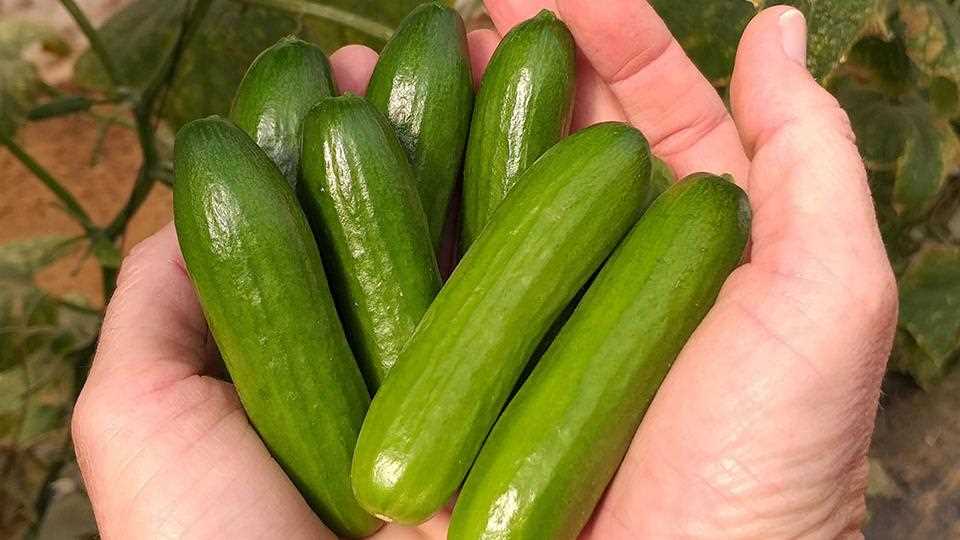
Shade-hardy cucumber hybrids typically produce fruits in about 50-60 days from planting. You can harvest the cucumbers when they reach the desired size. Regularly check the plants for ripe cucumbers and harvest them by cutting the stem near the fruit with a sharp knife or pair of garden shears. Harvesting the fruits regularly will encourage the plant to produce more cucumbers.
| Advantages of Growing Shade-Hardy Cucumber Hybrid in Containers | Disadvantages of Growing Shade-Hardy Cucumber Hybrid in Containers |
|---|---|
|
|
Growing shade-hardy cucumber hybrids in containers can be a rewarding gardening experience, especially for those with limited space or less favorable growing conditions. With the right container, soil, and care, you can enjoy a bountiful harvest of delicious cucumbers!
Finger-Licking Flavor of Shade-Hardy Cucumber Hybrid
The shade-hardy cucumber hybrid is not only known for its ability to thrive in less sunlight but also for its finger-licking flavor. This particular variety of cucumber offers a unique blend of crispness, juiciness, and sweetness that is sure to satisfy even the most discerning taste buds.
Unlike other cucumber varieties, the shade-hardy hybrid retains its delicious flavor even when grown in partially shaded areas. This makes it a perfect choice for those who have limited access to direct sunlight or live in regions with shorter growing seasons.
One of the reasons why this cucumber hybrid has such an exceptional flavor is its high sugar content. The sugars in the cucumber contribute to its natural sweetness, giving it a mouthwatering taste that is hard to resist.
In addition to its sweetness, this cucumber hybrid also offers a refreshing crispness that adds to its overall appeal. When you take a bite of this cucumber, you can expect a satisfying crunch that enhances the eating experience.
The juiciness of this shade-hardy cucumber hybrid is another factor that contributes to its finger-licking flavor. Each bite releases a burst of refreshing cucumber juice, making it a delightful treat on a hot summer day.
Another notable characteristic of this cucumber hybrid is its thin, tender skin. This feature not only adds to the overall texture of the cucumber but also allows for easy digestion, making it a great choice for those with sensitive stomachs.
Whether eaten fresh in salads, pickled, or used in various culinary creations, the finger-licking flavor of the shade-hardy cucumber hybrid is sure to be a hit. Its unique combination of sweetness, crispness, juiciness, and tenderness makes it a top choice for cucumber enthusiasts looking for a truly exceptional variety.
“Question-Answer”
Can cucumbers be grown in the shade?
Yes, cucumbers can be grown in the shade. There are shade-hardy cucumber hybrids available that are specifically bred to thrive in areas with less sunlight.
What is the best cucumber hybrid for early cultivation?
The best shade-hardy cucumber hybrid for early cultivation is the Finger-Licking cucumber. It is specifically bred to grow well in cooler and shadier conditions, allowing for an earlier harvest compared to other cucumber varieties.
What are the advantages of growing shade-hardy cucumbers?
There are several advantages of growing shade-hardy cucumbers. Firstly, they can be cultivated in areas with less sunlight, such as shady gardens or balconies. Secondly, they can be planted earlier in the season and provide an early harvest. Lastly, shade-hardy cucumber hybrids are typically more resistant to diseases and pests, making them easier to grow.
How long does it take for Finger-Licking cucumbers to mature?
Finger-Licking cucumbers typically take about 55-60 days to mature from the date of planting. This makes them an excellent choice for early cultivation, as they can be ready to harvest sooner than other cucumber varieties.
Where can I buy Finger-Licking cucumber seeds?
Finger-Licking cucumber seeds can be purchased from various garden centers, nurseries, and online seed retailers. It is recommended to buy seeds from a reputable source to ensure the quality and authenticity of the Finger-Licking cucumber hybrid.
Can I grow Finger-Licking cucumbers indoors?
Yes, Finger-Licking cucumbers can be grown indoors. These shade-hardy cucumber hybrids can thrive in containers or pots placed near a sunny window or under grow lights. However, it is important to provide adequate support for the cucumber plants to climb and grow, such as a trellis or stakes.







